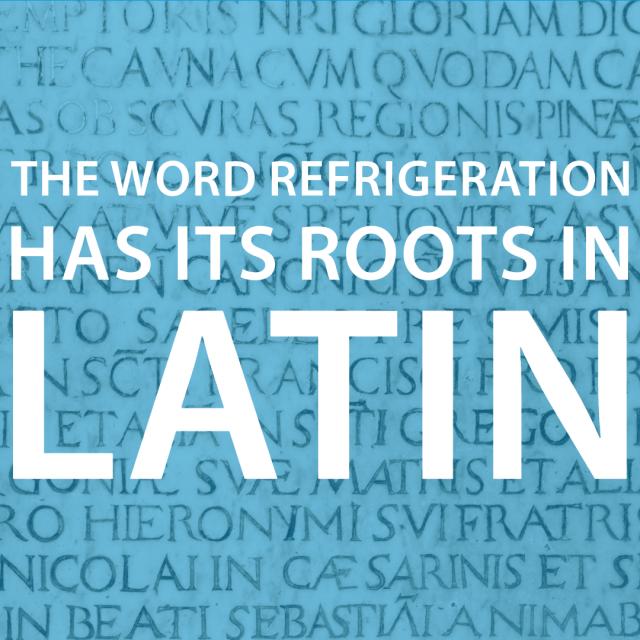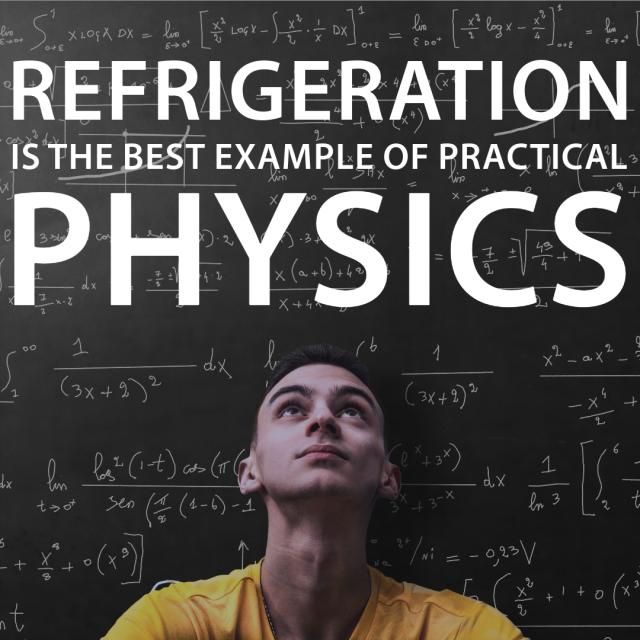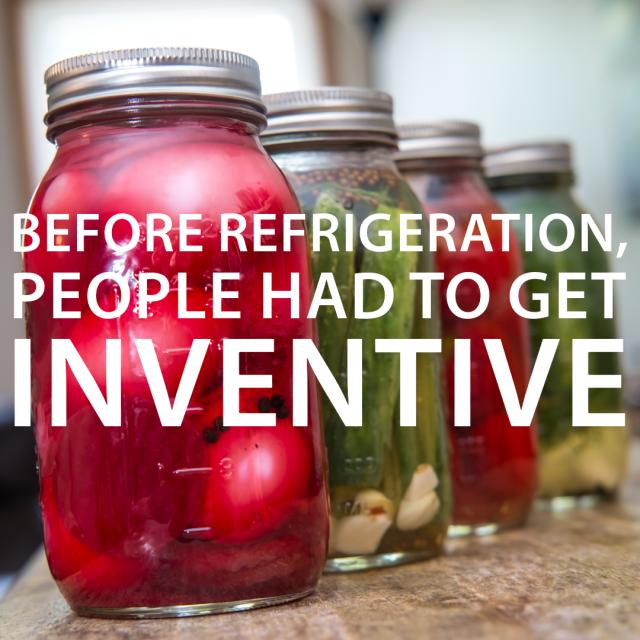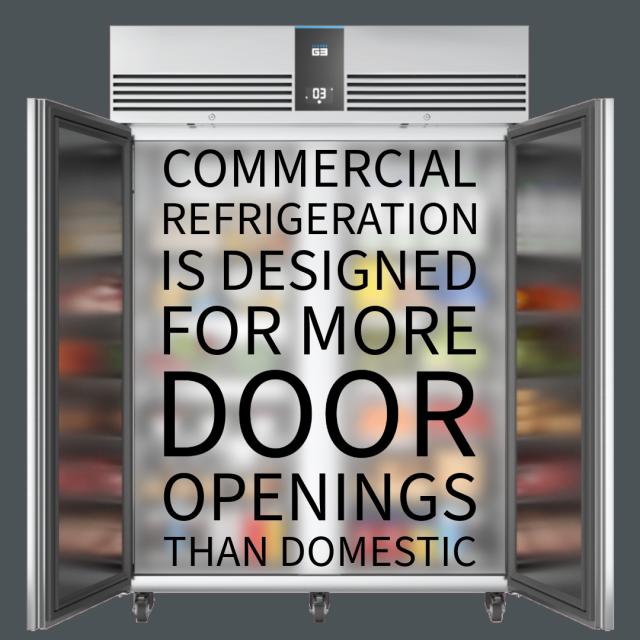
Fridge facts
Ever wondered what people used before refrigerators, or what the difference between commercial and domestic refrigeration?
Fridge fact #1
A fridge doesn't create cold, it simply removes heat
Yes, you read that right. It would be easy to assume that fridge systems create the cold air used to chill food. But actually, it moves the hot air from inside the fridge to the outside. In science terms, air temperature is proportional to heat energy contained inside the fridge. So, by removing the heat energy via the refrigeration system, the air temperature is reduced, providing the cooling effect. The larger the refrigeration system, the greater the cooling effect.
.png&width=640&format=webp)

Fridge fact #2
The word refrigeration has its roots in Latin
One for the etymology geeks out there! In Latin the adjective "frigus" means cold, and its verb is "refrigerare". This is where the English terms refrigeration and refrigerator comes from.
Bonus fact: it took a little while for the spelling of fridge to be settled on. At first refrigerator was shortened to ‘frig, which makes sense when spoken, but once written it is less recognisable! Fridge became the accepted spelling – probably in line with ridge, bridge etc.
Fridge fact #3
Refrigeration is the best example of practical physics
Time for some science! Refrigeration is a practical example of thermodynamic principles. Did you know that energy cannot be created or destroyed?
It can be moved though, and the refrigeration system moves heat energy from inside the fridge to the outside of the fridge. This is known as the law of conservation of energy and was discovered in the 1840s by Julius Robert von Mayer.


Fridge fact #4
Before refrigeration, people had to get inventive
Preserving food is not a new issue. People had to come up with ways to store food over harsh winter months or while travelling so started to preserve their foods in different ways, for example pickling, curing or smoking foods.
Other ways included dedicated cold spaces, usually underground, which were sometimes shared between villagers, and ‘ice houses’ which were considered a luxury for the upper classes.
Innovations picked up speed as growing populations saw an increased demand for food. As people moved into towns and cities, access to fresh food became harder. Recognisable commercial refrigeration became available at the turn of the 20th century. Humans really are innovative!
Fridge fact #5
Commercial refrigeration is designed for more door openings than domestic
You may have wondered what the difference between domestic and commercial refrigeration is. Well, one of those differences is that domestic refrigeration isn’t designed for as many door openings. Commercial refrigeration goes through stringent testing, with 72 door openings within a 24-hour period to simulate real professional kitchen usage to ensure the refrigeration retains the correct temperature even with the door opened so often. Domestic performance testing doesn’t take door openings into consideration because typically it’s a lot less.


